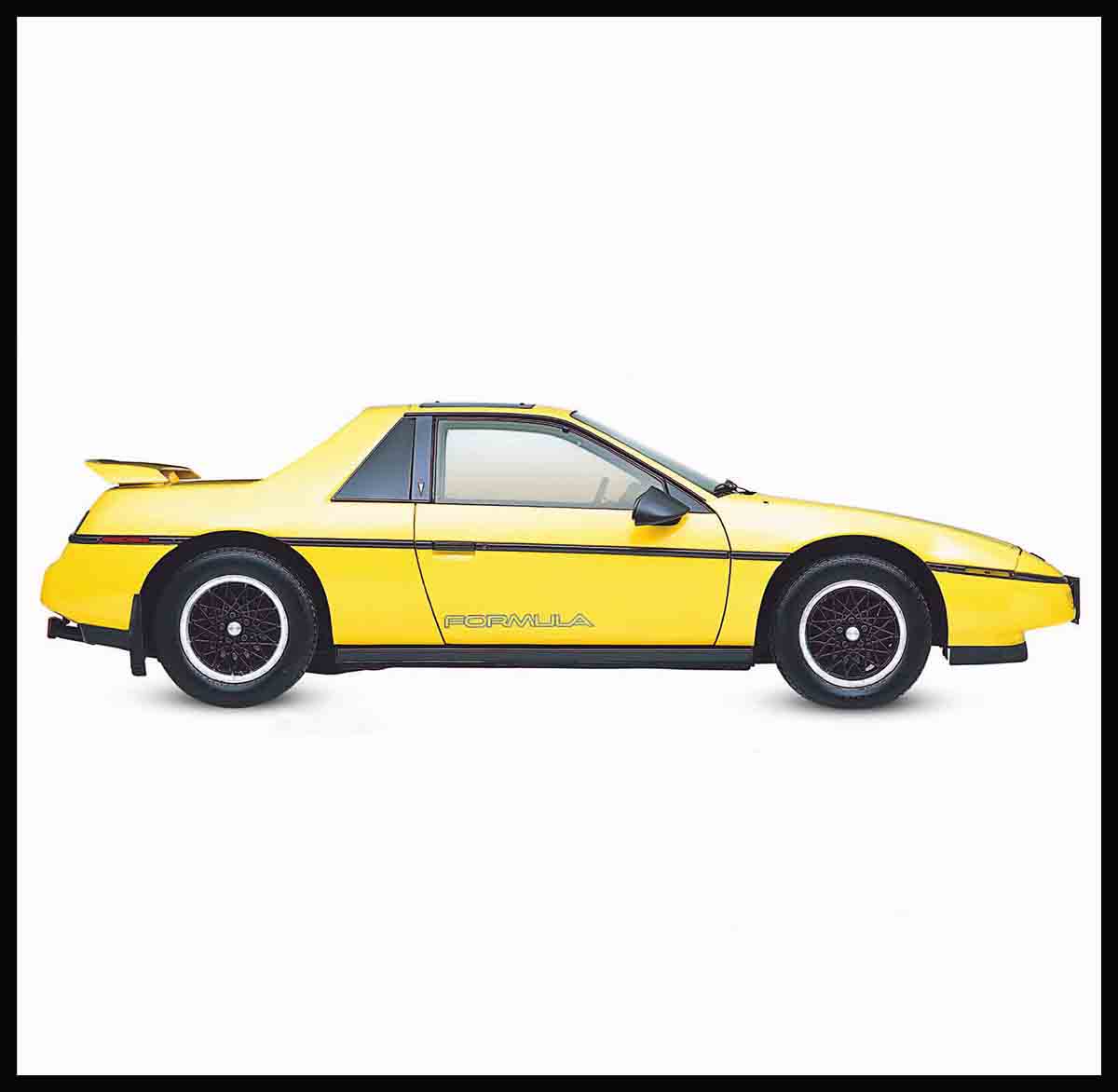
U.S. Compacts
It took a long time for U.S. manufacturers to take much notice of the world trend toward small, fuel-efficient cars. Plentiful inexpensive fuel, wide open roads, and for the most part low traffic densities, encouraged the use of large cruising cars. But the 1980s saw Japanese and European cars make increasing headway into the market, forcing U.S. manufacturers to reconsider.
Dodge Aries, 1981

| Origin | USA |
| Engine | 2,213 cc, straight-four |
| Top speed | 98 mph (158 km/h) |
This spacious front-wheel-drive sedan was Motor Trend’s Car of the Year in 1981. It sold a million cars in seven years, helping improve Chrysler’s fortunes in the 1980s.
Pontiac Phoenix, 1980
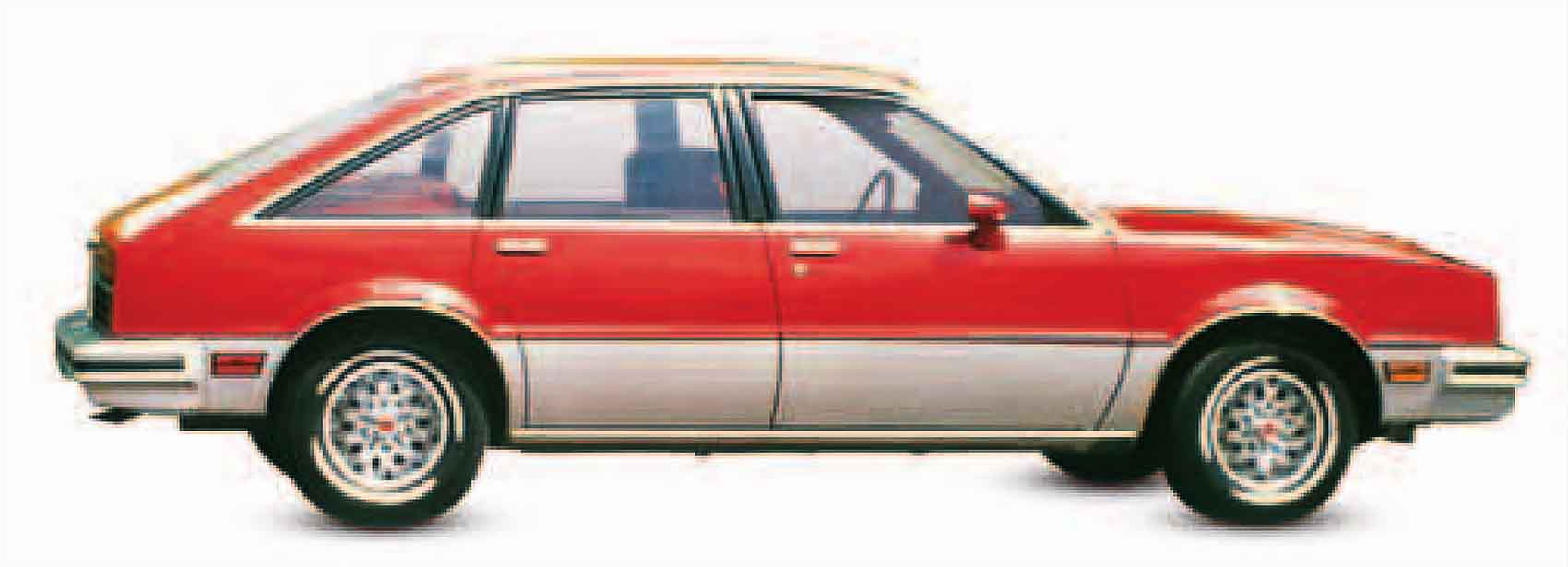
| Origin | USA |
| Engine | 2,838 cc, V6 |
| Top speed | 109 mph (175 km/h) |
Sold as a two-door coupe or a five-door hatchback, Pontiac’s first front-wheel-drive compact was more efficient than its rear-wheel-drive predecessor. It was made until 1984.
Dodge Lancer, 1985
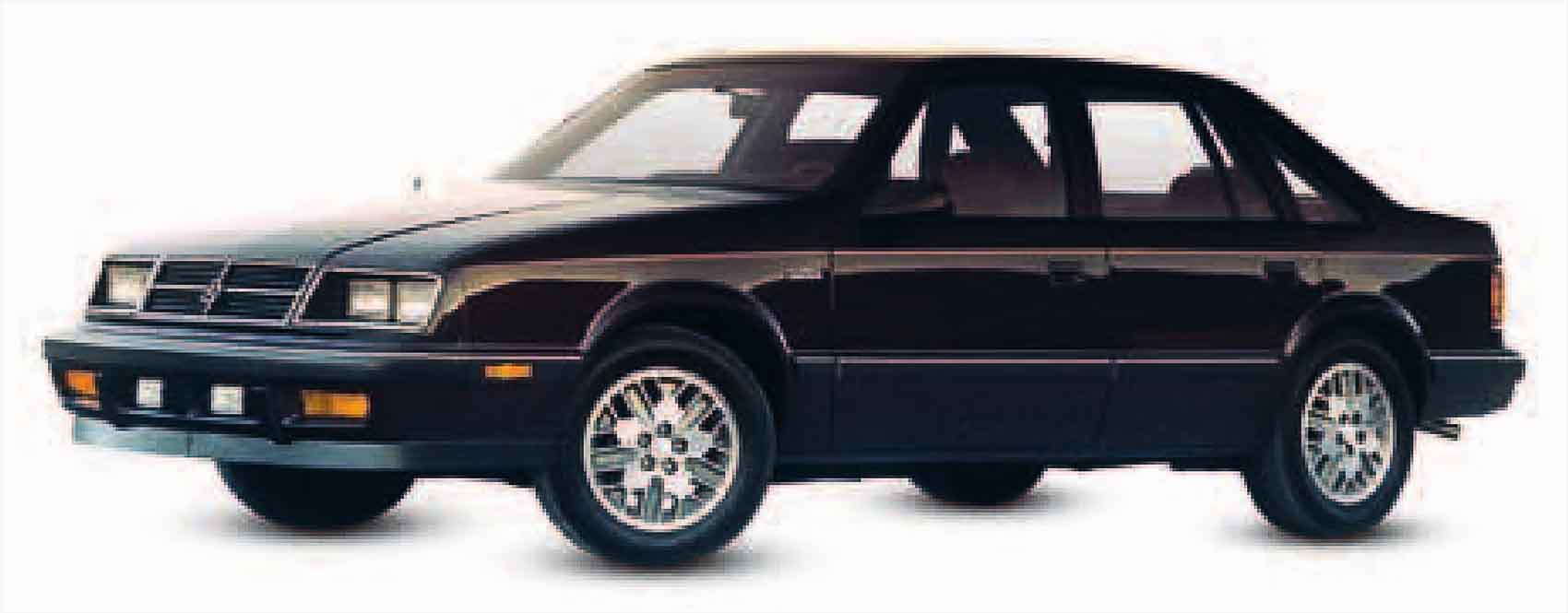
| Origin | USA |
| Engine | 2,213 cc, straight-four |
| Top speed | 111 mph (179 km/h) |
Also available as a 125mph (201 km/h) turbo, the five-door Lancer was a lively performer. It had a five-speed manual or a three-speed automatic gearbox.
Pontiac Fiero GT, 1985
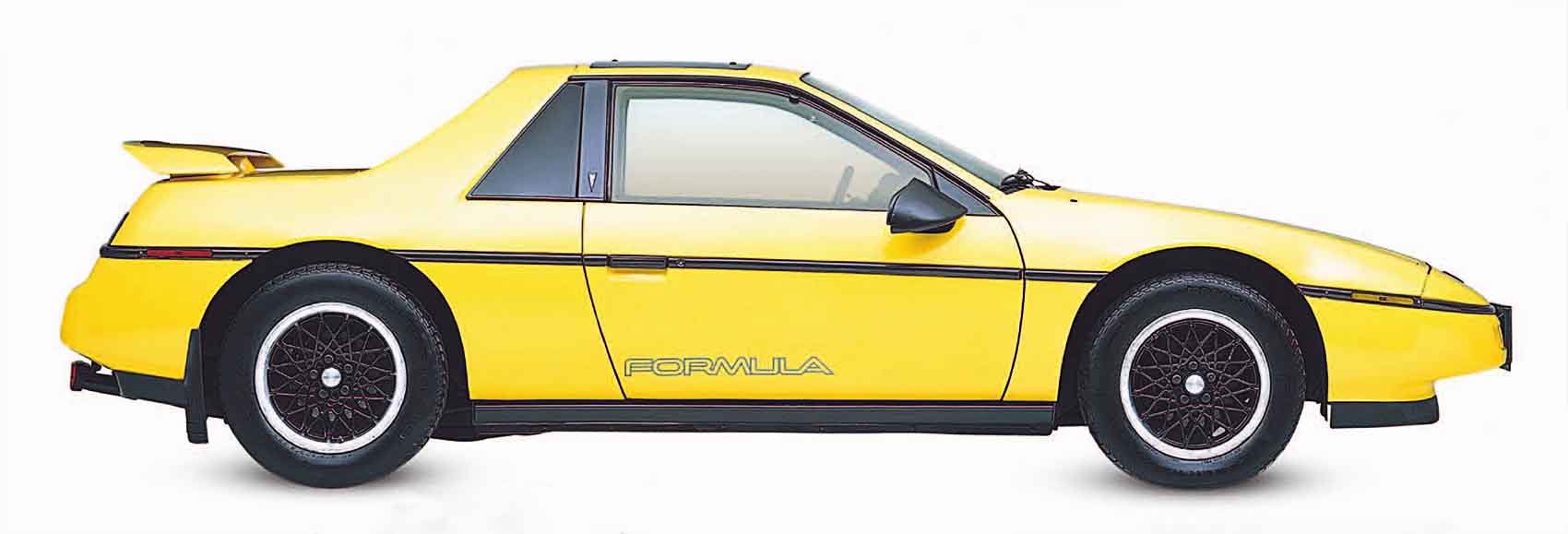
| Origin | USA |
| Engine | 2,838 cc, V6 |
| Top speed | 128 mph (200 km/h) |
General Motors astonished the world with the mid-engined, part-plastic-bodied Fiero two-seater sports car, which sold 370,158 in five years. Base models had a 4-cylinder engine.
Pontiac Grand Am, 1985

| Origin | USA |
| Engine | 3,000 cc, straight-four |
| Top speed | 100 mph (161 km/h) |
Pontiac brought back an old name for its mid-80s compact sedan. It had front-wheel drive, 2.5-liter 4-cylinder or 3.0-liter V6 engines, and coupé or sedan body styles.
Buick Reatta, 1988

| Origin | USA |
| Engine | 3,800 cc, V6 |
| Top speed | 125 mph (201 km/h) |
Buick’s first two-seater for 50 years had touch-screen climate control, a radio, and electronic diagnostics. Unfortunately, its gadgets deterred rather than attracted buyers.
Chrysler LeBaron Coupe, 1987
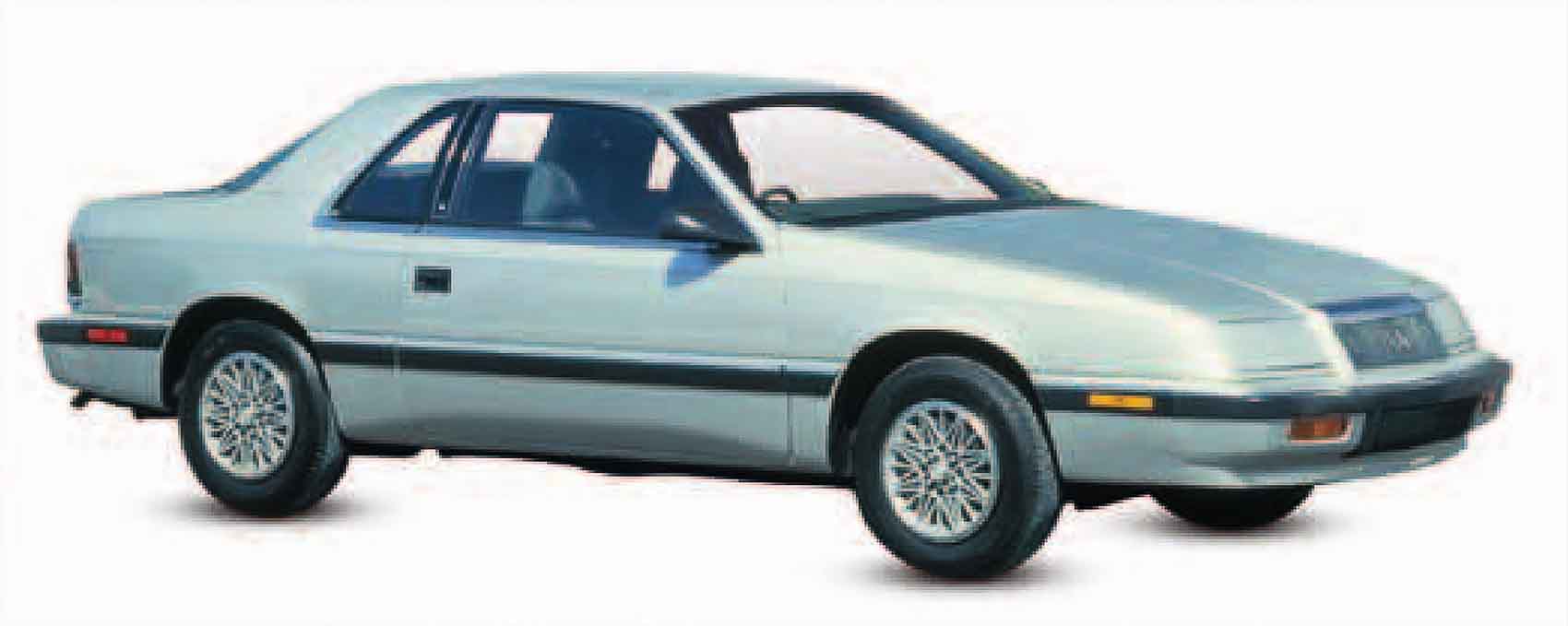
| Origin | USA |
| Engine | 2,501 cc, straight-four |
| Top speed | 103 mph (166 km/h) |
Turbocharged engine options and a radical new look-including sliding covers over the headlights-gave the LeBaron Coupé, and its convertible counterpart, real 80s appeal.
Chevrolet Spectrum, 1985

| Origin | Japan |
| Engine | 1,471 cc, straight-four |
| Top speed | 100 mph (161 km/h) |
GM’s Japanese affiliate built this compact hatchback and sedan as the Isuzu Gemini; it was renamed the Chevrolet Spectrum for the U.S. and Canadian markets.
Ford Escort, 1981
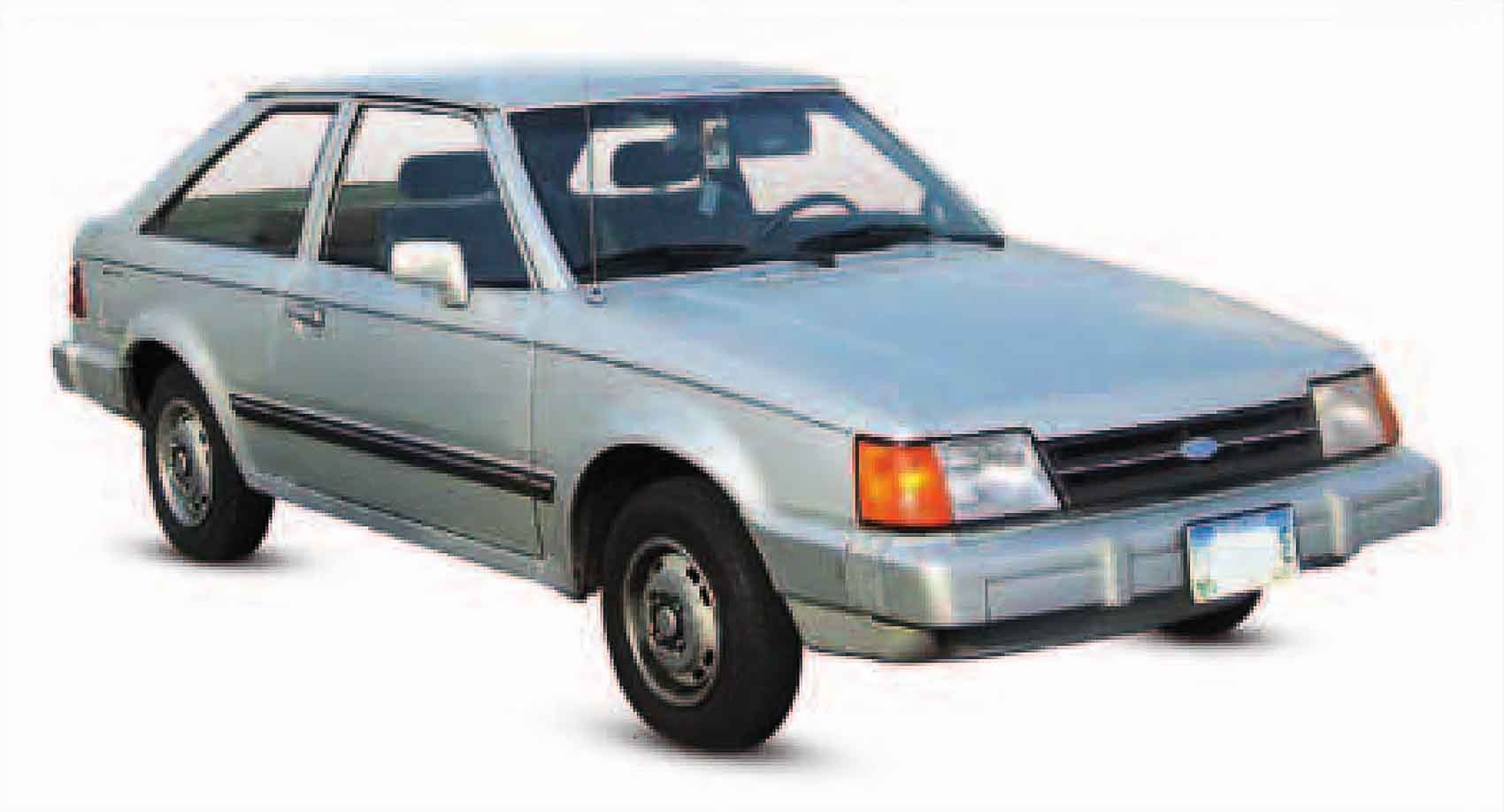
| Origin | USA |
| Engine | 1,597 cc, straight-four |
| Top speed | 96 mph (154 km/h) |
Not until 1981 was the U.S. market ready for as small a car as the European Ford Escort. This car became the best-selling car in the United States for part of the decade.
AMC Eagle, 1979
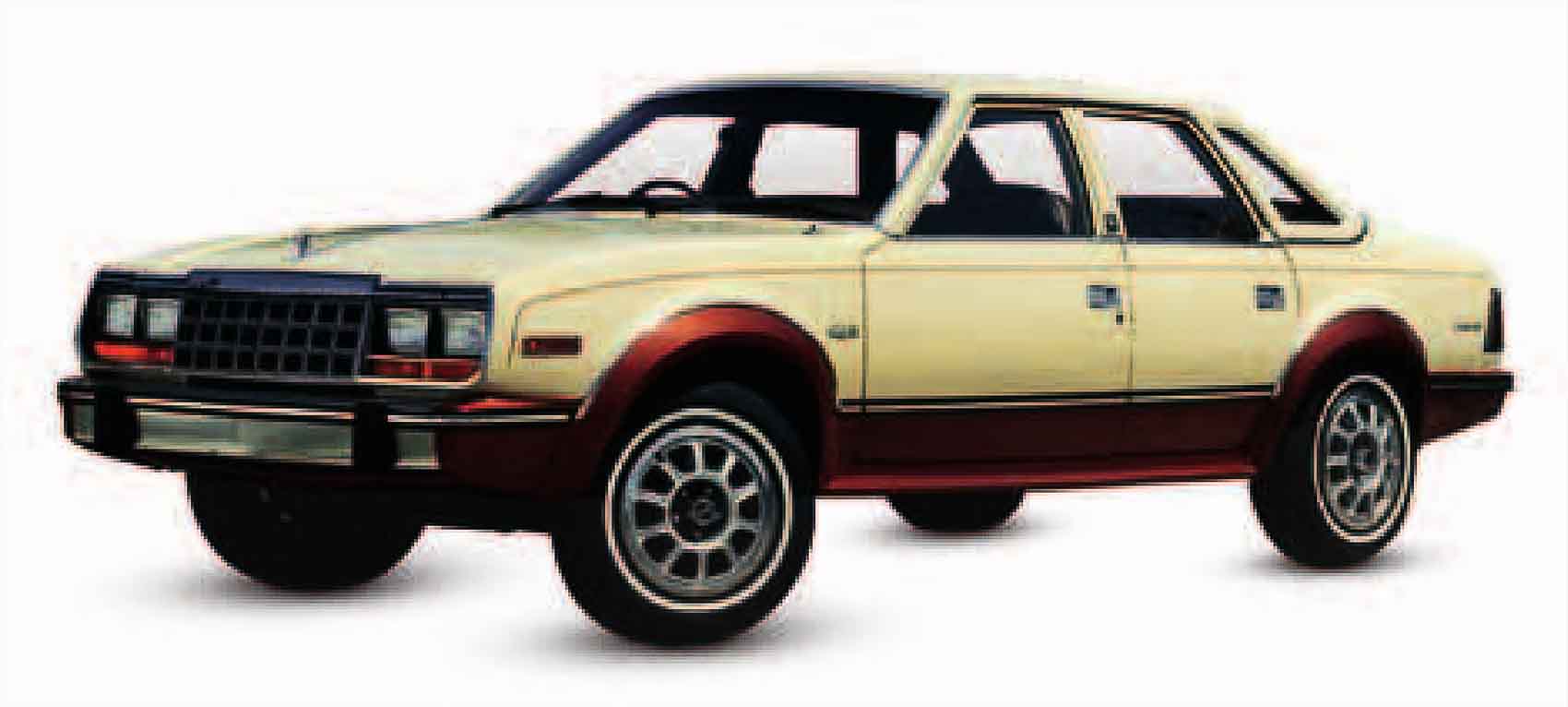
| Origin | USA |
| Engine | 4,228 cc, straight-six |
| Top speed | 88 mph (142 km/h) |
In the late 1970s, AMC combined its Jeep-derived four-wheel-drive expertise with its sedan range. The result was this pioneering U.S. four-wheel-drive crossover vehicle.
Ford Probe, 1988
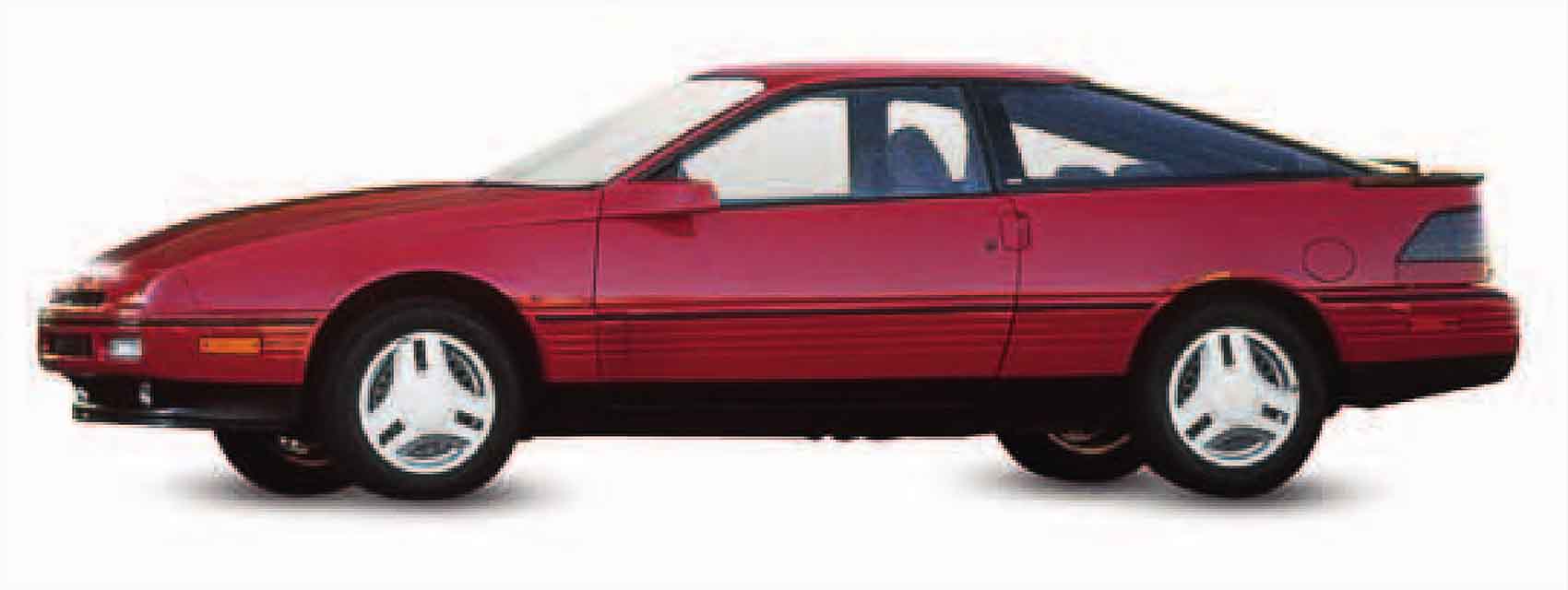
| Origin | USA |
| Engine | 2,184 cc, straight-four |
| Top speed | 118 mph (190 km/h) |
Originally planned to replace the Mustang, but launched as a new model alongside it, the front-wheel-drive Probe was designed by Mazda and built in its new U.S. factory.
Cadillac Cimarron, 1981

| Origin | USA |
| Engine | 1,835 cc, straight-four |
| Top speed | 100 mph (161 km/h) |
In a rush to enter the compact car market-and to compete with European imports-General Motors failed to turn its J-car platform into a convincing Cadillac, despite its high-tech equipment.
Eagle Premier, 1987
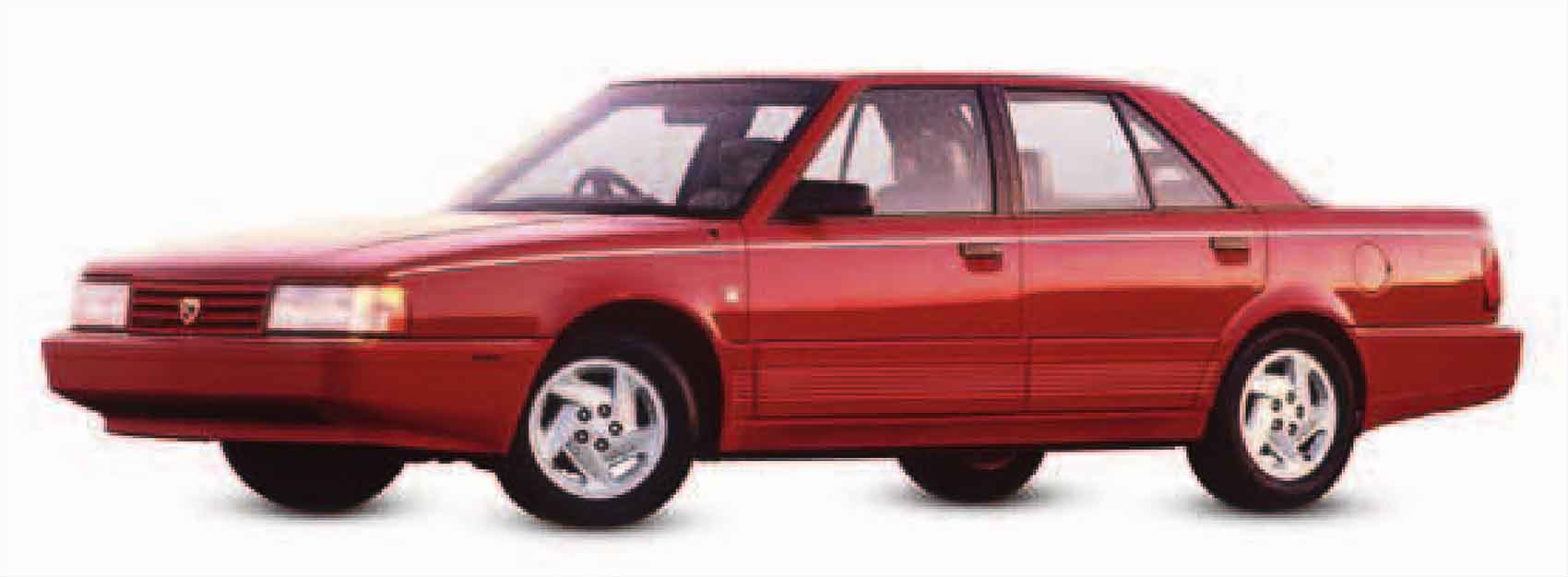
| Origin | USA |
| Engine | 2,464 cc, straight-four |
| Top speed | 117 mph (188 km/h) |
Styled by Giugiaro and developed by AMC and Renault, the Premier boasted electronically controlled four-speed automatic transmission, fuel injection, and air conditioning.
Volkswagen Jetta 16V, 1987
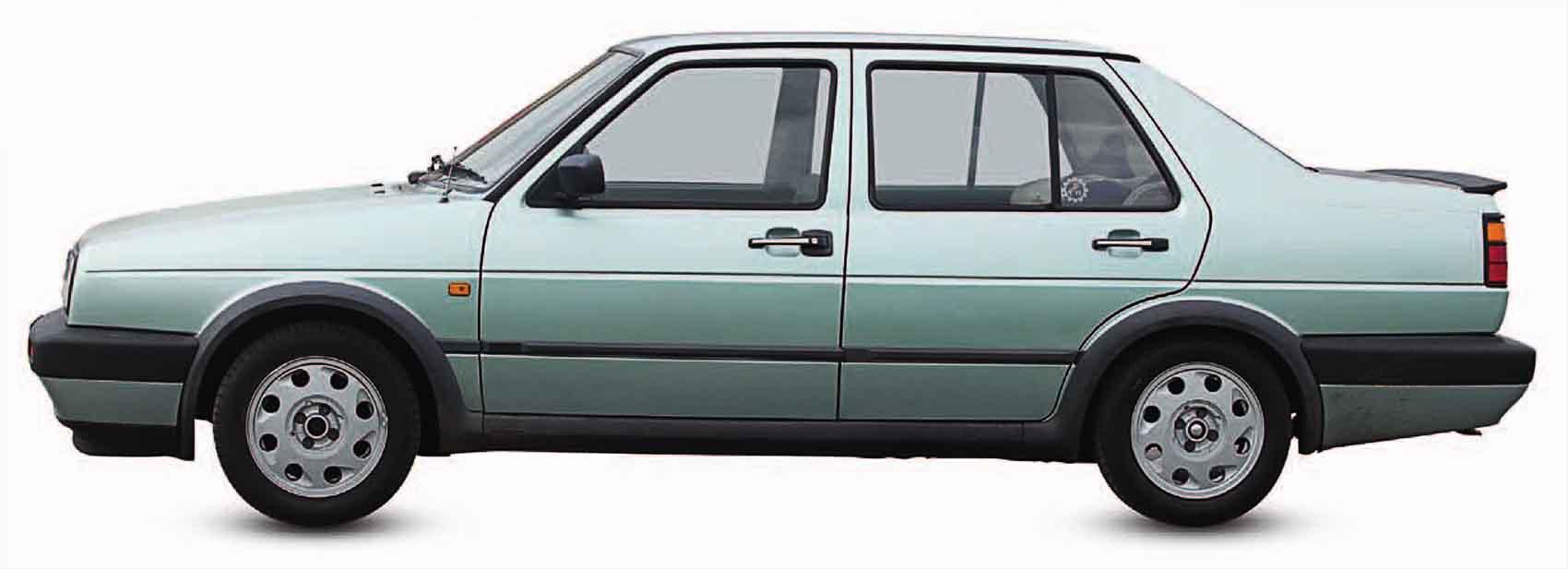
| Origin | USA/Germany |
| Engine | 1,781 cc, straight-four |
| Top speed | 126 mph (203 km/h) |
Adapting to the U.S. market’s resistance to hatchbacks, Volkswagen added a trunk to its Golf in 1979. It sold millions, a third going to the United States.
It is a quote. The Definitive Visual History Of The Automobile 2011





No Comments